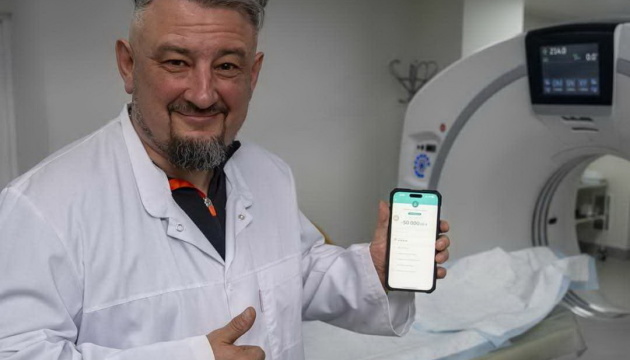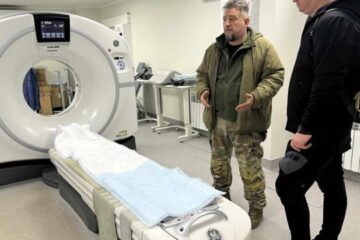
One of the main problems faced by military medics in the treatment of wounded soldiers is post-turnover syndrome.
This was stated by Colonel Eduard Khoroshun, head of the Military Medical Clinical Center of the Northern Region, in an interview with Ukrinform.
“The main problem is post-turnip syndrome. It can develop even in case of rapid evacuation if the turnstile is tightened too much. It takes 20 minutes for irreversible changes to occur in the tissues and necrosis to develop,” he said.
According to the colonel of the medical forces, when such a wounded person is taken to the hospital and doctors remove the turnstile, an additional complication arises that poses a direct threat to the patient’s life. “Kidney failure develops immediately, and the fight is not for the limb, but for the patient’s life. And this is a big problem,” said Khoroshun.
According to the surgeon, the situation would probably have improved if the fighters had used other methods of stopping the bleeding instead of tourniquets. “In some areas, the wound can be simply tamponaded or tightly bandaged. Tighten the tourniquet, tamponade the wound and see if it is bleeding or not. Apply an Israeli bandage – and the person’s limb is saved,” said the head of the hospital.
According to him, the statistics of unsuccessful use of turnstiles is already being kept, and their share is quite large, but the hospital does not publish the exact data. Probably, the tactical medicine course that the soldiers are taking is not of sufficient quality. “Probably so [this is a problem of the quality of training]. All the fighters go through it, but perhaps in extreme situations a person just gets confused. Then you need someone to help you, so there are more chances that the means will be used correctly,” Khoroshun said.
According to the head of the Kharkiv hospital, last year the doctors of the military medical center together with Professor Serhiy Strafun, chief freelance orthopedic traumatologist of the Ministry of Healthcare, created a new modern classification of post-tournecket syndrome. “We see things here that our colleagues in Kyiv do not know, because they are already experiencing the consequences. They could not understand why we treat patients in this or that way. And when the professor operated with us, he said: “Yes, we need to make changes,“” said the colonel of the medical forces.
In December 2023, volunteer Oksana Korchynska told Espresso that one in five amputees had post-turnip syndrome. “Unfortunately, it sounds scary, but one in five now has it, especially if you see high amputations. This is precisely because there was no trained paramedic or combat medic nearby who would have made the conversion within the first two hours, that is, loosened the tourniquet, lowered it or even replaced it with a tamponade in order to get a new time, two hours,” she said at the time.
As reported by Ukrinform, on March 10, 32-year-old Ukrainian soldier Yanis Tereshchenko saved the life of a wounded young Tunisian man while on vacation in Italy by applying a tourniquet to his leg in time to stop the dangerous bleeding. The mayor of Venice, Luigi Bruniaro, personally awarded the hero the Lion’s Badge.
Source: Head of Kharkiv hospital: Post-tourniquet syndrome is main issue facing military medics



